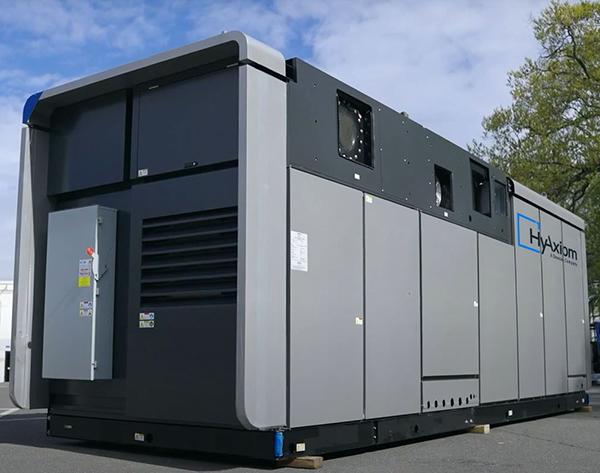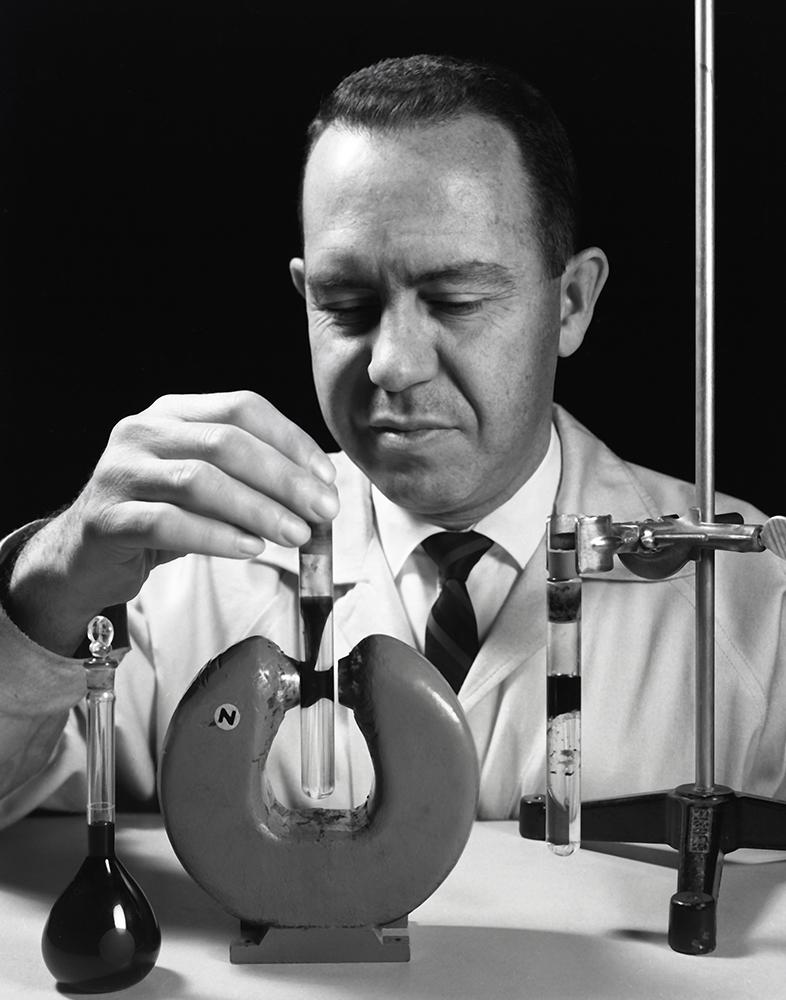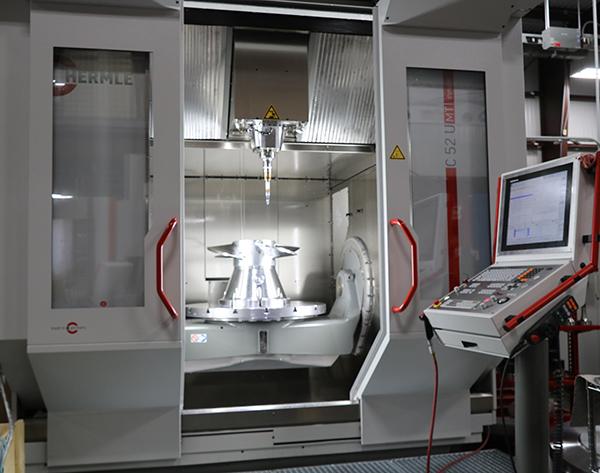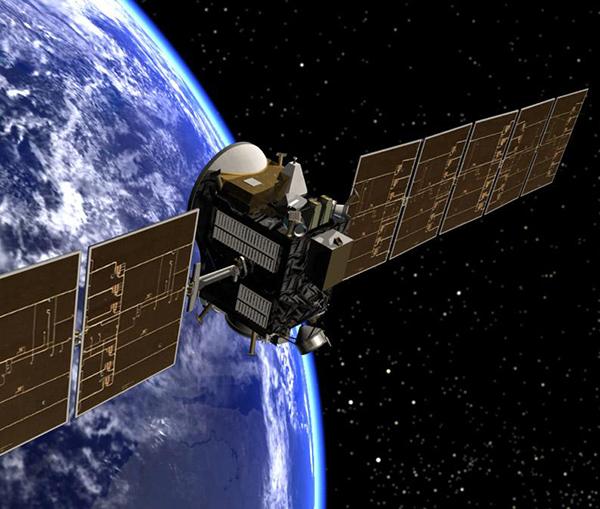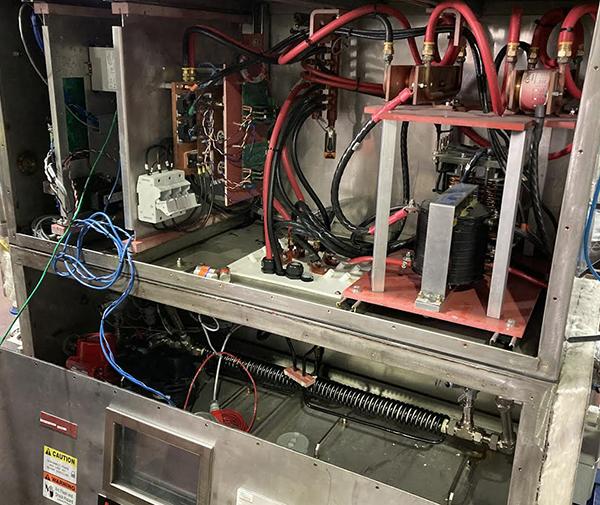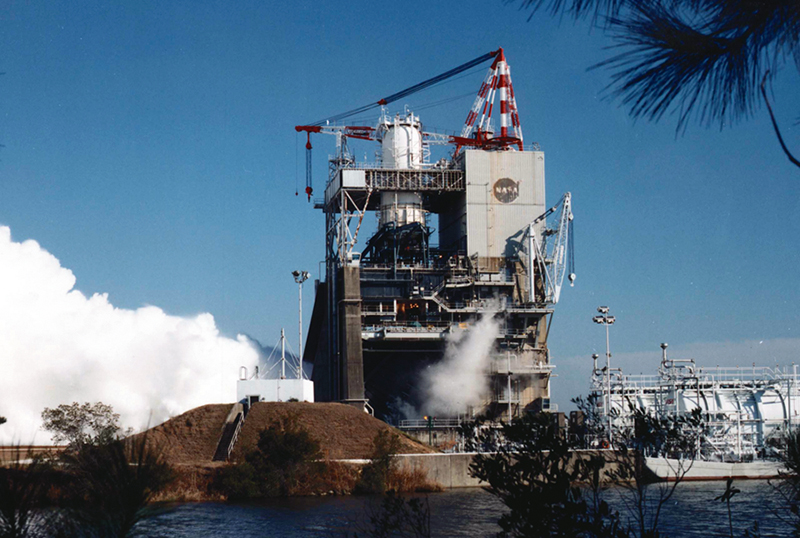
Making a Reliable Actuator Faster and More Affordable
Originating Technology/NASA Contribution
Before any rocket is allowed to fly and be used for a manned mission, it is first test-fired on a static test stand to verify its flight readiness. NASA’s Stennis Space Center provides testing of Space Shuttle Main Engines, rocket propulsion systems, and related components with several test facilities. It has been NASA’s test-launch site since 1961.
The testing stations age with time and repeated use; and with aging comes maintenance; and with maintenance comes expense. NASA has been seeking ways to lower the cost of maintaining the stations, and has aided in the development of an improved reliable linear actuator that arrives onsite quickly and costs less money than other actuators.
In general terms, a linear actuator is a servomechanism that supplies a measured amount of energy for the operation of another mechanical system. Accuracy, reliability, and speed of the actuator are critical to performance of the entire system, and these actuators are critical components of the engine test stands.
Partnership
An actuator was developed as part of a Dual-Use Cooperative Agreement between BAFCO, Inc., of Warminister, Pennsylvania, and Stennis.
BAFCO identified four suppliers that manufactured actuator components that met the rigorous testing standards imposed by the Space Agency and then modified these components for application on the rocket test stands.
In partnership with BAFCO, the existing commercial products’ size and weight were reworked, reducing cost and delivery time. Previously, these parts would cost between $20,000 and $22,000, but with the new process, they now run between $11,000 and $13,000, a substantial savings, considering NASA has already purchased over 120 of the units. Delivery time of the cost-saving actuators has also been cut from over 20 to 22 weeks to within 8 to 10 weeks.
The redesigned actuator is commercially available, and the company is successfully supplying them to customers other than NASA.
Product Outcome
The BAFCO Model 773 is a next-generation, high-thrust, high-response actuator designed to meet performance standards in aerospace, industrial, and petrochemical applications. It meets the National Fluid Power Association standards for cylinder performance, as well as meeting U.S. and European standards for electrical component functions.
The actuators are adaptable for use in a variety of industrial applications, including steam turbines, process-control valves, dampers, for motion control, and a variety of other mechanical purposes. Customers are taking advantage of them, since the time and cost of manufacturing are less than those of the other, less-reliable actuators.
Previously used linear actuators worked inconsistently as positioning devices, and their ability to decelerate to gentle stops ranged from unsatisfactory to nonexistent. The BAFCO 773 offers solutions to both of these problems and more.
To solve the problem of positioning reliability, the flow of hydraulic fluid to the two ports of the actuator cylinder is controlled by a servo valve that is controlled by a signal from a servo amplifier that, in turn, receives an analog position-command signal from a supervisory control system of the facility. As the position command changes, the servo valve shifts, causing a greater flow of hydraulic fluid to one side of the cylinder, thereby causing the actuator piston to move to extend or retract a piston rod from the actuator body. A linear variable differential transformer (LVDT), directly linked to the piston, provides a position-feedback signal, which is compared with the position-command signal in the servo amplifier. When the position-feedback and position-command signals match, the servo valve moves to its null position, in which it holds the actuator piston at a steady position.
The actuator also includes a deceleration feature for both extremes of the piston stroke. When the actuator is used to open and close a valve, the deceleration feature prevents damage to valve seats and other components during cycles of rapid stroking. Because the resolution of the LVDT is, for practical purposes, unlimited, the position feedback from the LVDT acts, in conjunction with the deceleration feature, to afford maximum protection against damage in those ranges of position in which protection is most needed.
In addition to answering the previous two problems, the improved actuators help to eliminate leaks associated with common tubing problems by having the components within the actuator connected to a high-pressure hydraulic fluid via a manifold.
The Model 773 has been so successful that BAFCO applied the same concept of off-the-shelf parts modified for specific applications to the development of the Model 775 and 793 as well. The Model 775 rotary actuator was designed as a cost-competitive alternative to pneumatic or electric actuators and operates 90-degree rotation valves of dampers in modulating, on-off and fail-safe applications. Industries that will benefit from this technology include aerospace, petrochemical, well-choke services, power generation, and manufacturing.
The Model 793 linear actuator was designed to extend the existing line of 773 actuators for use with very small linear valves. This new short-stroke actuator featuring auxiliary components common to the Model 773 actuators provides BAFCO the ability to supply actuators to a much larger range of valve sizes.
BAFCO Models 773, 775, and 793 actuators have demonstrated improved accuracy and precision, increased operating speeds, and extended life expectancy over the pneumatic and electric actuators previously used industry-wide. Domestically, BAFCO has made sales to several NASA facilities, Honeywell, the University of Purdue, several U.S. Air Force facilities, and other major suppliers of the aerospace industries. Internationally, BAFCO has sold Model 773 actuators to an oil refinery in Serbia and Model 775 actuators to several oil refineries in China. To date, sales of BAFCO’s 773, 775, and 793 lines of actuators, including sales to NASA, total more than $2 million, with no foreseeable end to the market potential.
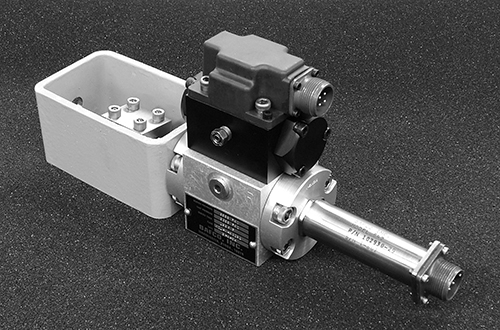
The BAFCO Model 793 linear actuator, one of the newer models in the family of products created in the Dual-Use Cooperative Agreement.
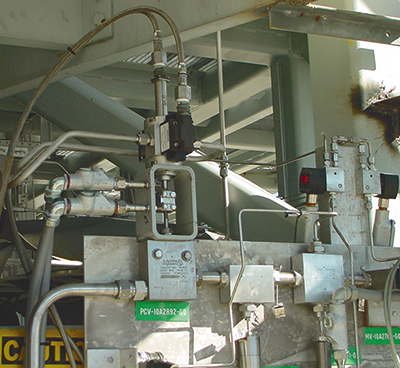
The high-pressure gaseous oxygen panel which feeds the ignition system for a rocket engine combustion device, located at ground level on the E-I Test Facility, Cell 3. The valve identified as PCV-10A2892-GO is operated by means of the high-performance actuator developed as a part of the Dual-Use Cooperative Agreement with BAFCO, Inc.

Stennis Space Center is NASA’s lead center for rocket propulsion testing and manages the Agency’s rocket propulsion test programs and facilities for current and future space vehicles.








